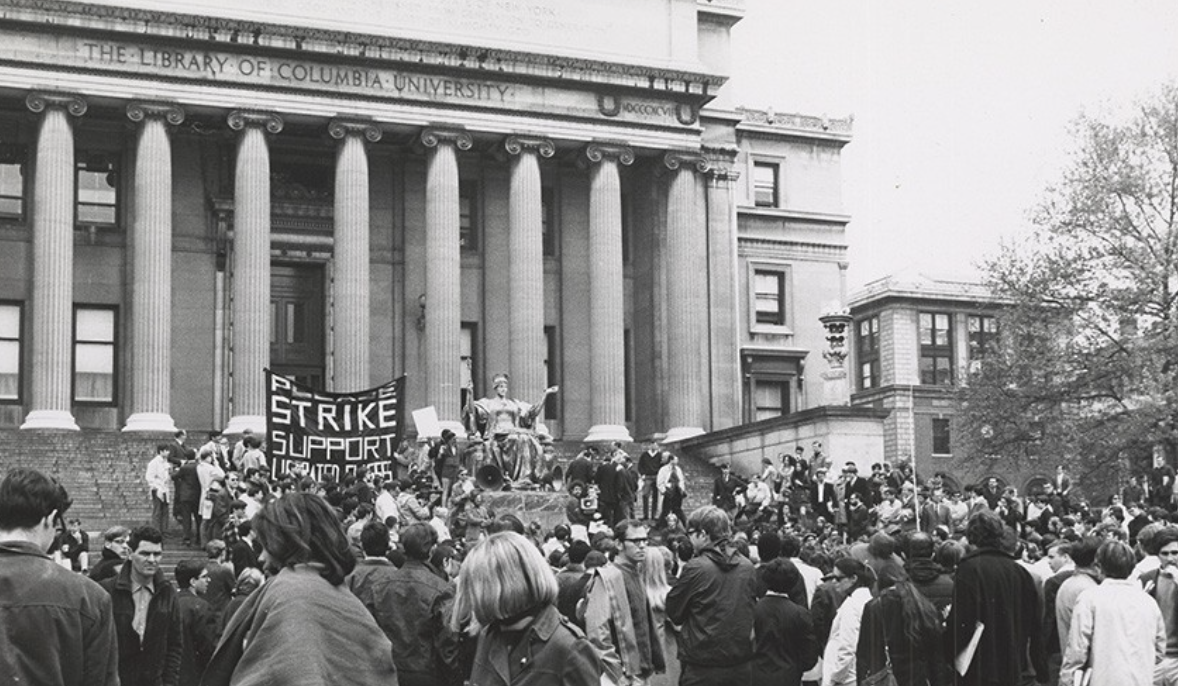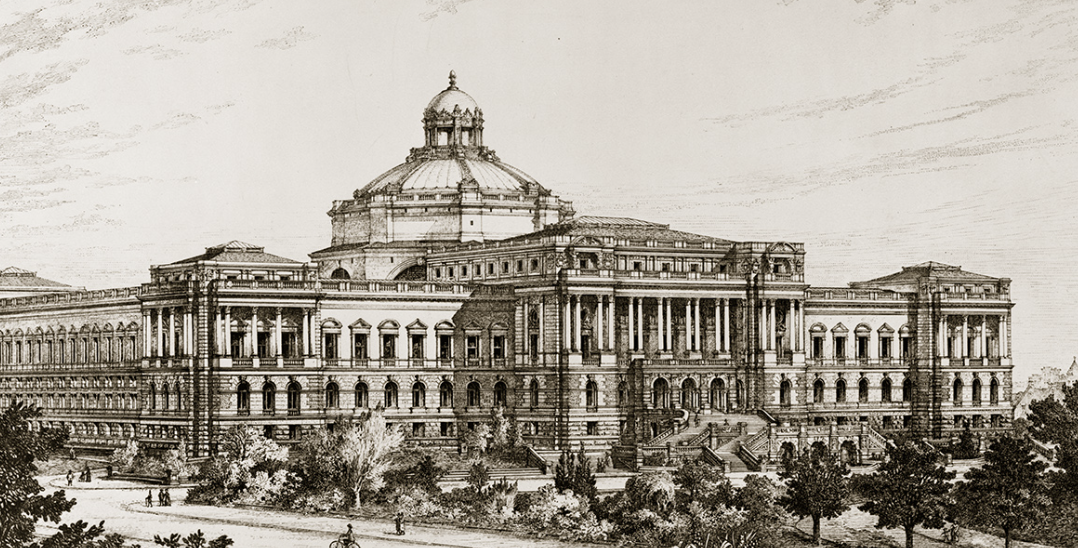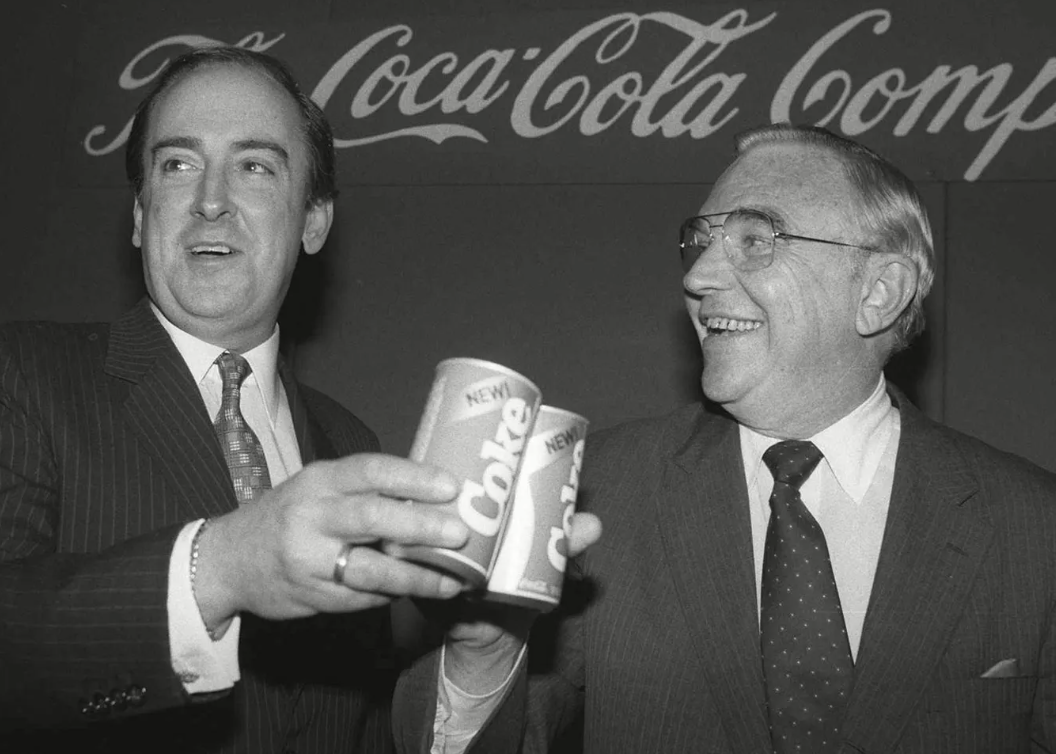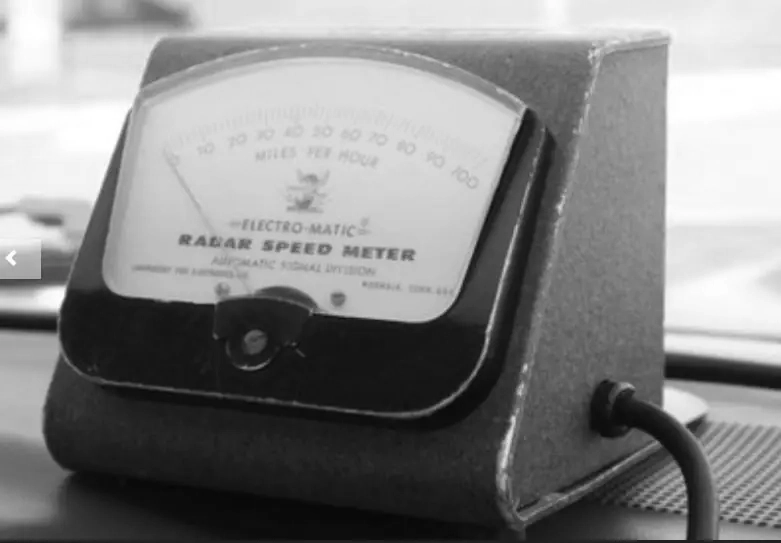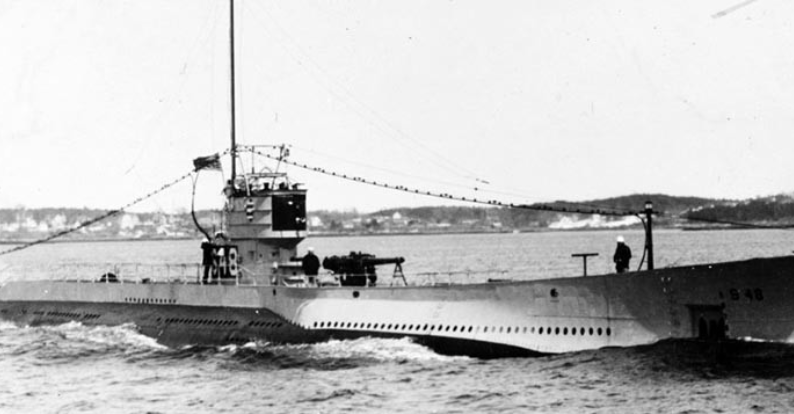In April of 1968, Columbia University became the site of a week-long occupation by student protestors. The demonstration was sparked by a number of issues, including the university’s ties to the Vietnam War and its plans to build a new gymnasium in Morningside Park, a public space in a predominantly black neighborhood.
On April 23rd, a group of students occupied several buildings on campus, including the administration building, Hamilton Hall. They demanded that the university cut its ties to the Institute for Defense Analyses (IDA), a research group with ties to the military, and that it abandon its plans for the gymnasium.
Over the course of the week, the occupation grew in size and intensity.
Students clashed with police who were called in to remove them from the buildings. There were reports of violence and arrests, and tensions between students and the administration continued to escalate.
The occupation drew national attention, and supporters from other universities and social movements joined in solidarity with the students at Columbia. The protest ultimately ended on April 30th, when the university agreed to some of the students’ demands, including the withdrawal of the IDA and the cancellation of plans for the gymnasium.
The Columbia University occupation was one of the most significant student protests of the 1960s, and it helped to catalyze a wave of student activism that spread across the country. It was part of a larger movement for civil rights, anti-war activism, and social justice, and it demonstrated the power of collective action and the importance of standing up for what you believe in.

